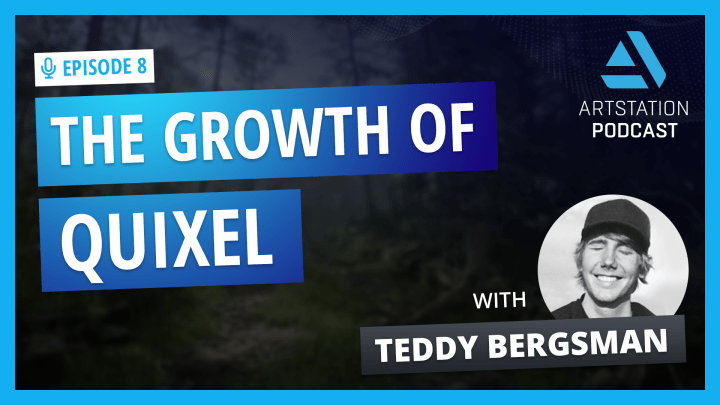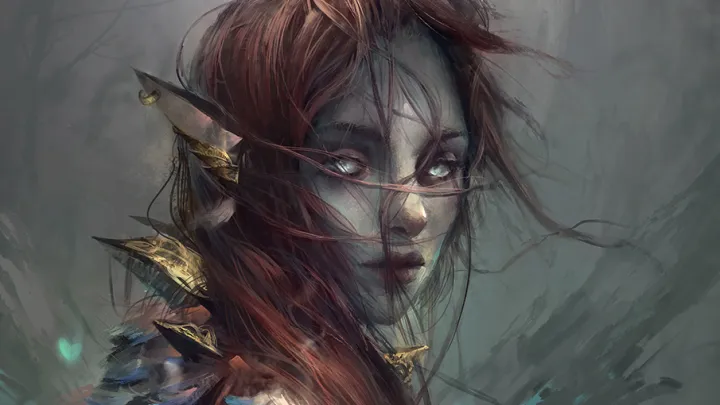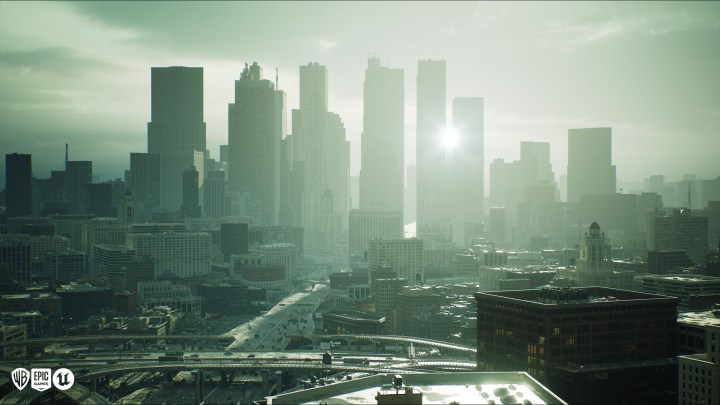How 3D Lab is Achieving Creative and Commercial Success With Fortnite
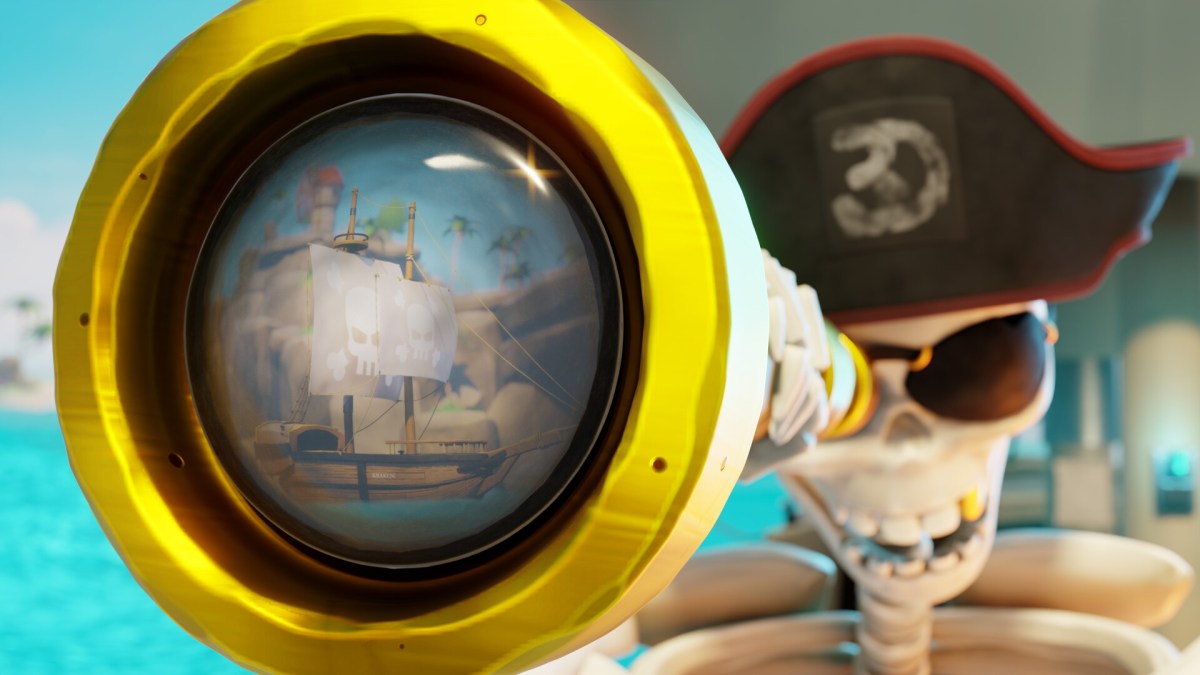
Finding the best way to create a sustainable business can seem like an impossible task for digital artists and creators. For one studio, both Fortnite Creative and the newly-announced Unreal Editor for Fortnite (UEFN) have proven to be powerful tools for making creative experiences.
3D Lab is a game design studio that began working with Fortnite Creative in 2018. Fortnite Creative allows individuals to create full games and experiences using just a controller or keyboard, and release them directly into Fortnite. More recently, 3D Lab has begun to push their creative limits with UEFN. Released into Public Beta in March 2023, this PC-based creation tool provides all the functionality of Fortnite Creative but with more worldbuilding and gameplay customization capabilities added. Creators can import their own assets, and write their own code with Verse, a new programming language. Epic’s Creator Economy 2.0 program also enables talented creators to receive money for making experiences (“islands”) that gain popularity with players.
For this interview, we had the opportunity to chat with Dean, Franciska, and Robert from the 3D Lab team to learn how they’re using Fortnite Creative, and now UEFN, to create incredible game experiences as a business. They also gave us a special look at the creative work that went into their original Pirate Adventure project, a Fortnite experience built in UEFN with fully custom assets.
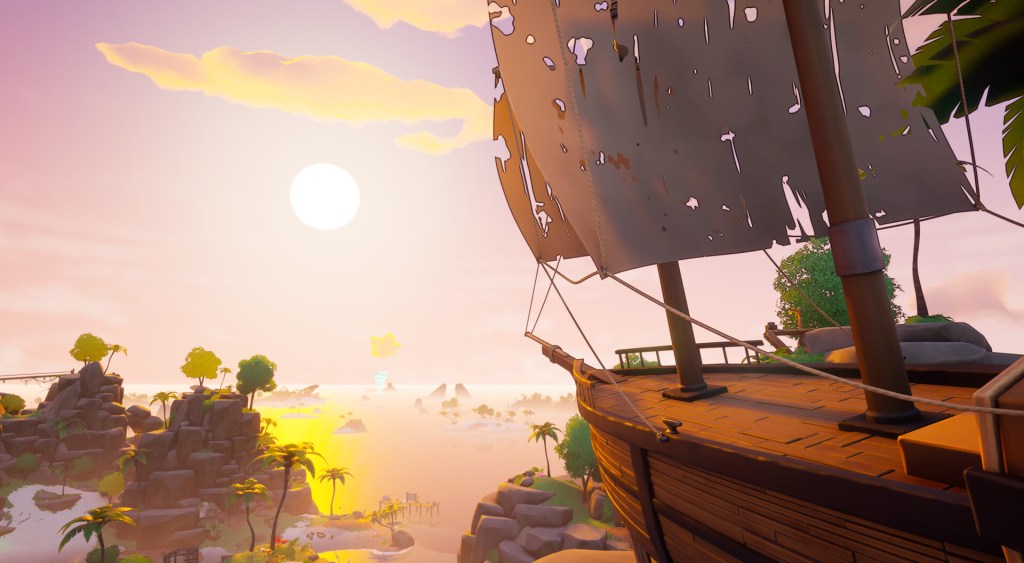
Can you tell us about how you first got started creating experiences in Fortnite?
Although we were strangers at the time, all three of us shared a passion for Fortnite Battle Royale. In the early weeks after the release of Fortnite Creative, we were quick to embrace it, drawing upon our creative backgrounds. We became part of a growing community centered around Fortnite Creative, where we met, bonded, and began fostering friendships. We shared ideas, supported each other’s creative growth, and spent time hanging out together!
We began collaborating on game projects and, in January 2020, founded 3D Lab. Before long, we received an exciting opportunity: Gen.G Esports reached out to us to develop a game for the Samsung Mystic Map Mayhem. This marked our first branded experience, a milestone that propelled us forward.
Fast forward three years and Fortnite Creative has grown even further. We have had the privilege of collaborating with numerous brands, recreating their IPs within Fortnite using our own exciting game mode ideas. These brand partnerships enabled us to dedicate ourselves full-time to Fortnite Creative, pursuing our true passion: creating high-quality experiences, crafting engaging game modes, and, above all, having fun.
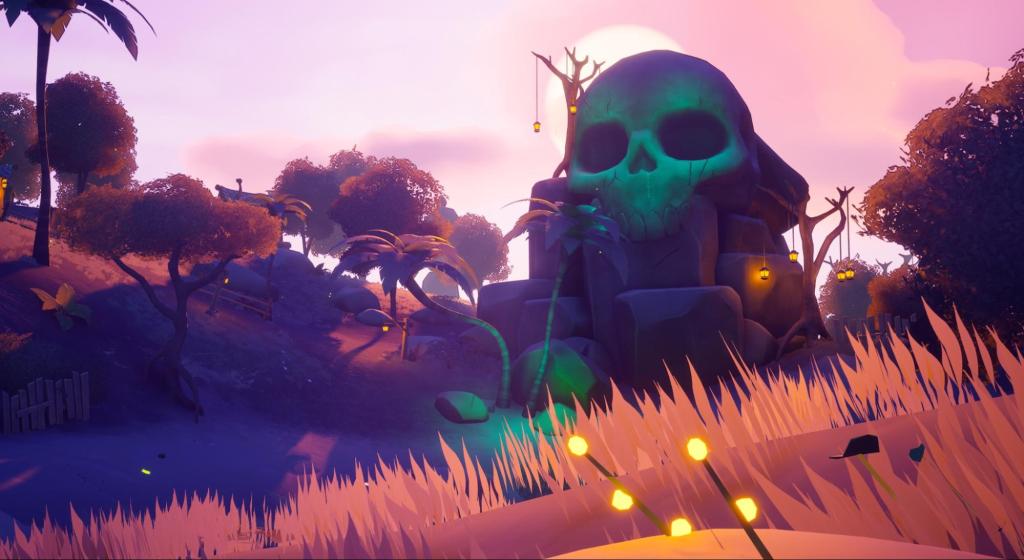
How has working with UEFN opened new opportunities for you?
UEFN has finally granted us many long-awaited features. Now we can import our own models, sounds, textures, create our own Niagara particles, and apply post-processing effects never seen before in Fortnite. Additionally, the Verse programming language allows us to program games much faster and more efficiently than ever before. The initial reaction was sheer delight: no longer do we need to painstakingly recreate unique models with hundreds of small primitive shapes. Instead, we can swiftly and efficiently create and import assets. Being part of the UEFN closed Alpha brought us immense joy, and we all acquired fundamental knowledge of UEFN.
Everyone, including our extended team, acquired a wealth of new skills. Each of us learned something new to enhance our game development capabilities with these cutting-edge tools. However, what excites us the most is the prospect of self-sustainability through the Creator Economy 2.0. Our goal is to transition into more of an indie development studio rather than being solely Fortnite creators.
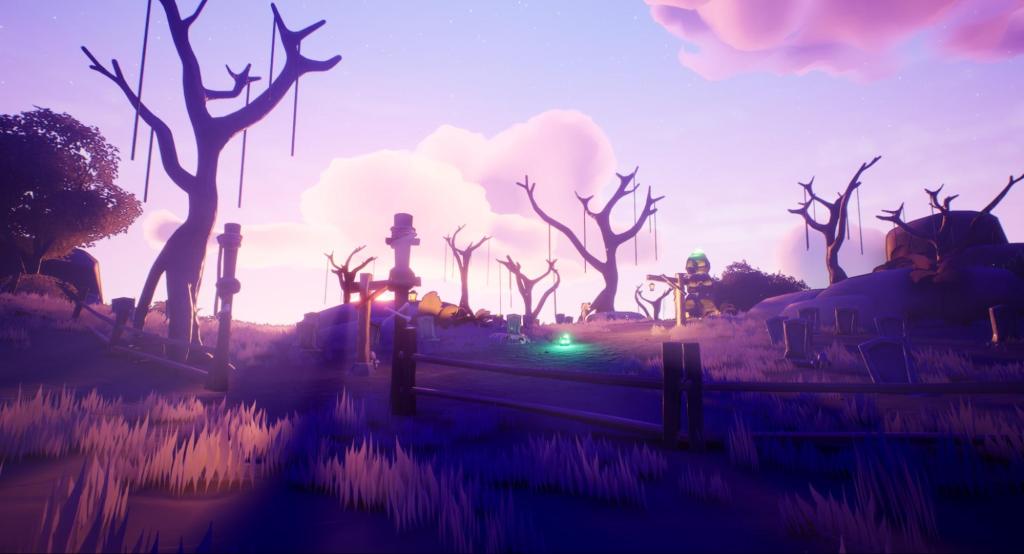
One of your latest projects, Pirate Adventure, was built with UEFN and features 3D assets built from scratch. What inspired you to take on this ambitious approach?
We realized soon enough that to stand out we had to do something extra…create all the assets ourselves. It was a lot of back and forth between learning how to make assets, while developing an art style for our world at the same time. The palm trees, for example, went through quite a few iterations before we settled on them. And even then, inside UEFN we would tinker with the colors of all our assets to make them all look just right.
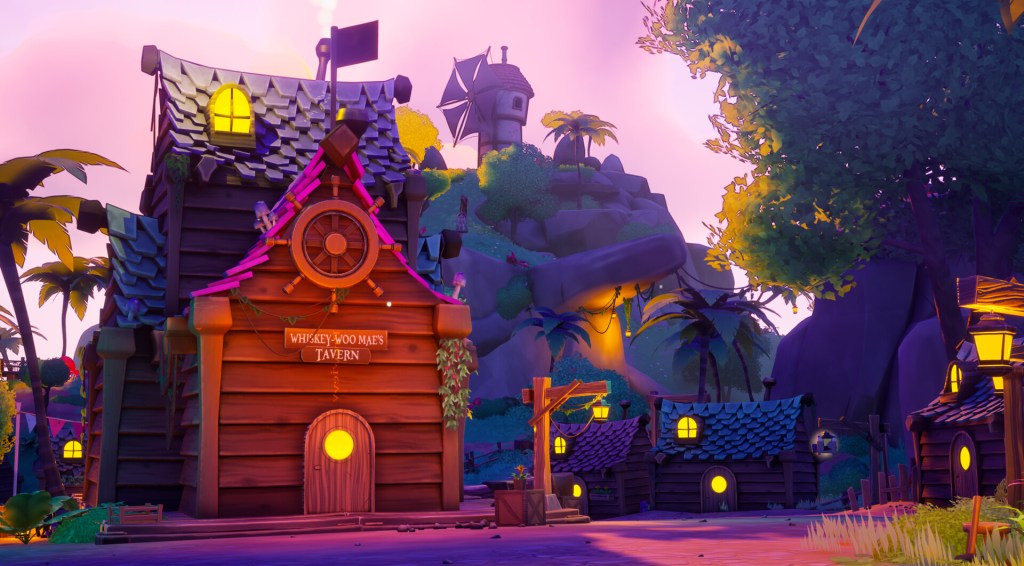
How did you build out the art style of Pirate Adventure?
It was definitely a lot of learning, collaborating, and figuring things out along the way. The great thing about UEFN was we could still work on our assets while others were already placing them in the world. Lead 3D artist Franciska created a big list of props we were going to need to be able to pull off the pirate world of our dreams.
We made sure the environment artists had some assets to work with while we figured out how to make those assets look cohesive and of the same world. The 3D modelers also shared some general rules they used during the whole process and kept each other updated on the best practices going forward. For example, we settled on a mix between baked and dynamic lighting. We used a bottom-to-top lighting gradient and added fake ambient occlusion and edge highlights to make our models look out of a painting.
As we were some of the first devs to work with UEFN, we had to discover the limits ourselves. Our game had to play nicely on every platform. This made us rethink how we approached lighting. The ocean shader is the biggest material graph we have in the whole project. Funny enough, it’s also our biggest mesh. The whole ocean is made up of 600+ individual pieces each having 94,000 vertices, which we manually created LODs for to ensure the best performance possible.
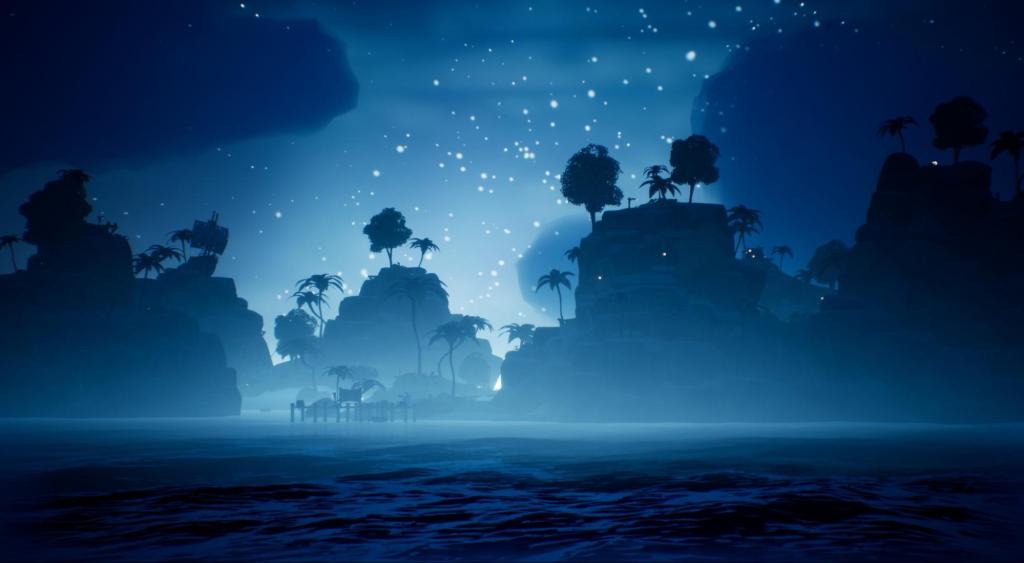
What’s one piece of advice you would give to artists looking to get started with UEFN?
Try not to get overwhelmed! Lots of helpful resources exist that will guide you, and plenty of people in the community can help with your burning questions. Although UEFN is a new tool, tutorials exist that have transferable skills. UEFN introduces a compelling tale—a story that tells us UEFN means serious business for both Epic and Creators.
Start building your future with UEFN
Get started with UEFN today with help from Epic’s extensive documentation and tutorials.
Once you’re ready to take the plunge, you can apply to the Island Creator program here. You can also use ArtStation’s tagging features to help others discover your UEFN portfolio. In the Tags section of the ArtStation project editor, add “UEFN“ to have your work appear in the UEFN Channel.
About 3D Lab

3D Lab has amassed over 75 Epic Games-featured creations and received over 500 million plays across all of their games. They have had the pleasure to work with clients such as Japanese singer-songwriter Gen Hoshino, Samsung, Pizza Hut Gaming, ITV, BBC, and Epic Games to create interactive experiences.
Dean (also known as “Axel”) is Co-Founder and CEO of 3D Lab. For the past 20 years, Dean has created games using a variety of tools including Unreal Engine, Source Engine, Game Maker Studio, and Unity. Dean’s main role at 3D Lab is game design and programming.
Franciska (also known as “Tiny”) is Co-Founder and Lead Artist at 3D Lab. Franciska has a background in interior and spatial design, which has proven surprisingly useful in game design. She has established herself as an avid game designer with an eye for detail.
Robert (also known as “BertBuilds”) is a 3D Lab Co-Founder and Environment Artist. With his background in woodworking, IT experience, and passion for game design, he quickly developed a liking for Fortnite Creative.



















